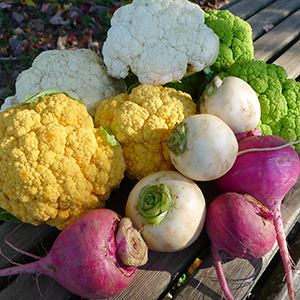
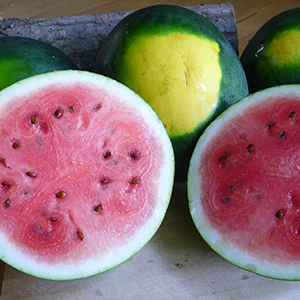
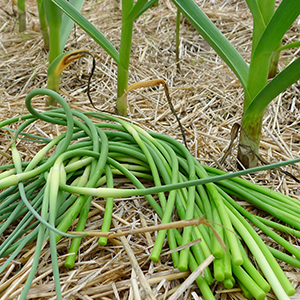
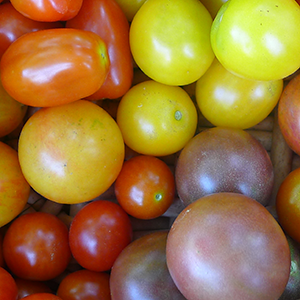
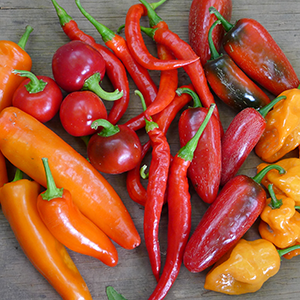
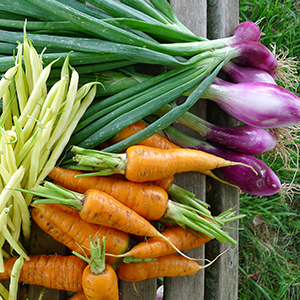



News and Notes | The Anchor Run Blog
Displaying a Single Post |
Show Recent Posts
April 15, 2020
Into the Fields We Grow!
by Farmer Derek
Into the Fields We Grow!
by Farmer Derek
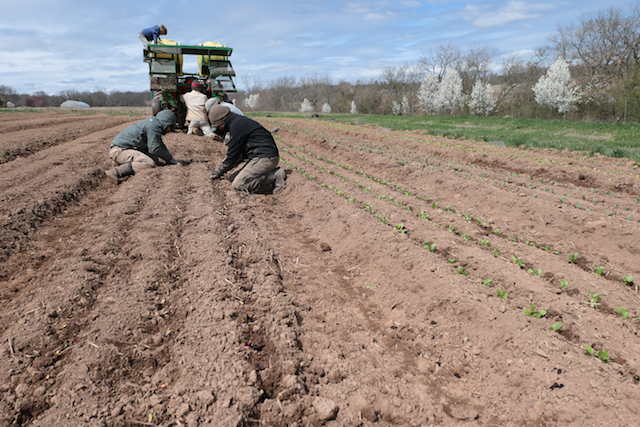
Transplanting beets into a raised bed on a chilly windy day.
The planting of outdoor crops has begun! Even though it's been slightly wetter than ideal during the past two weeks there have been just enough dry weather windows to finalize raised-beds and transplant seedlings into them. Two Fridays ago was our first big day of transplanting. Into 4000 feet of pretty nice soil went about 16,000 hakurei turnips, kohlrabi, beets, chard, broccoli, broccolini, bok choy, cabbage, and peas, planted over the course of 8 solid hours. The day prior, into our movable high tunnel, went the first week of 25 successions of lettuce family crops including head lettuce, romaine, endive, escarole, and radicchio. The outdoor crops went into areas that housed winter squash or eggplant last season, which were followed by a cover crop mix of buckwheat and oats. As these cover crops break down in the soil by microbial action they release essential nutrients that were taken up while the cover crop that was growing last fall, thus providing food for the crops.
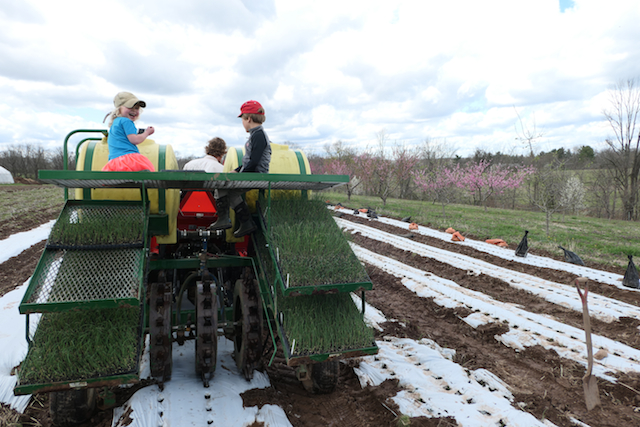
Driving the transplanter down the future onion beds to puncture the plastic and deposit water into the divots.
Two full days were spent transplanting last week. On Tuesday we transplanted salad radishes, bok choy, arugula, greens mix, kale, parsley, cilantro, radicchio, head lettuce, romaine, fennel, endive, and escarole. The following day we accomplished the immense planting of 25,000 onion seedlings, shown above. It feels like all crops are tricky to grow certified organically but onions feel especially so. They're very slow growing, don't compete against weeds well, and have serious pest and disease pressures. We plant them into raised beds covered in white plastic to deter certain pests, keep the beds cooler, and suppress weeds. Hoops are erected every 6-8 feet down each bed and 30' wide sheets of row cover go over these, anchored by many, many sandbags. Throw in the multiple high wind events we've endured recently and it makes for an anxious time. We've learned from past mistakes when we didn't anchor the sheet well enough and had large kites of cover billowing around the fields. Now, we use enough sand bags to successfully hold it in place even during extreme wind (we hope).
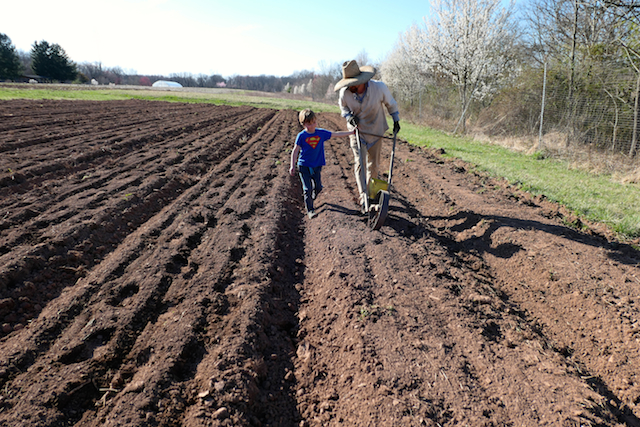
Pushing the antique drill seeder, sowing carrots.
A few weeks ago, before the weather turned wetter in any regard, we enjoyed what was probably the nicest conditions for early spring outdoor carrot sowing we've ever had. A literal mile of row feet of carrots was sown. Carrots can take a few weeks to germinate in the spring and require consistent moisture so we cover them with floating row cover to warm up the soil and trap moisture.
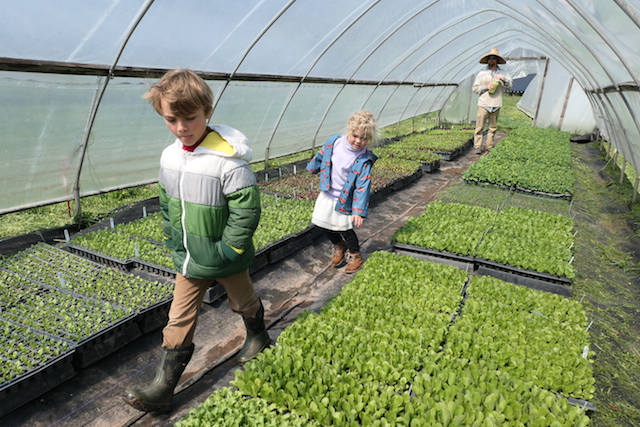
A plethora of plants in the Hoop House waiting to be transplanted.
All in all, we planted about 1.5 acres of crops over the past few weeks, which is about 12% of our annual 12 acres of production. Throw in the acre of potatoes we'll be planting whenever the soil dries out enough and that's 20% of our total yearly footprint, planted during the first month of the growing season. It's a very busy time of planting and prepping soil to accommodate and accept those plants. Dry weather is ideal. Wet weather is not. On our upcoming agenda will be potting up summer crops such as peppers, tomatoes, tomatillos, husk cherries, flowers, and celery; seeding; transplanting peas, beets, chard, arugula, greens mix, potatoes, and lettuces; cultivating; and weeding. The frost-safe date is quickly approaching and very soon we'll be planting summer crops like watermelon, zucchini, cucumbers, tomatoes (heirloom, slicers, cherry, grape), peppers (hot and sweet), flowers (20+ varieties), and basil.
It's an exciting time on the farm. We will be monitoring the fields as the crops grow over the next few week assessing a potential harvest start date and will be in touch!

POSTS BY TYPE
POSTS BY MONTH

